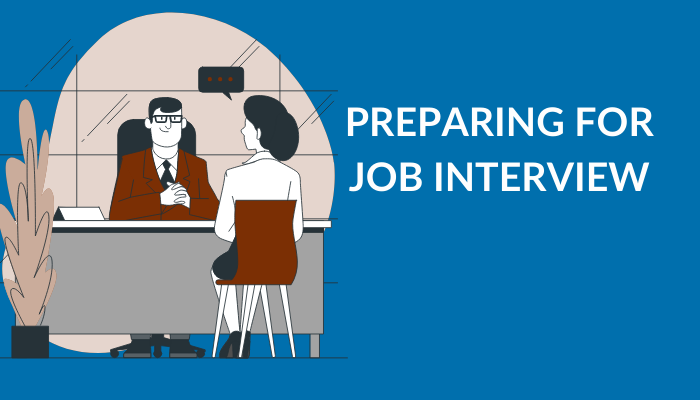Communication refers to the process of sending and receiving information through a medium. According to Wikipedia, “Communication is the act of conveying meanings from one entity or group to another through the use of mutually understood signs, symbols, and semiotic rules.” But, it is often misunderstood to be merely the words that we speak, which is not true. It also includes what we do not say and includes our facial expressions, tone of voice, gestures, and body movements, collectively known as non-verbal communication. When we communicate verbally, we rely only on one channel, which depends on sound and ears, but we use all five senses when we communicate non-verbally. Non-verbal communication is an act of transmitting or conveying your feelings, ideas, or thoughts without actual words.
We communicate non-verbally all the time. Before someone processes our verbal messages, they look into our appearance, register our enthusiasm and sincerity, note our voice’s tone, and process all into the nonverbal message. If this message reinforces the content of verbal one, it means we have sent a powerful message. If the two messages do not match, they may cancel each other, which means no messages are delivered.
According to a study by Professor Albert Mehrabian, communication has three components – the words we speak, the tone and volume of our speech, and the body language. This model explains that only 7% of the message is conveyed through verbal communication, while non-verbal communication transmits 93% of the message.

This article will discuss one of the essential components of Communication, Body Language.
Body language is a non-verbal communication where the message is transmitted through our body’s movement and includes facial expression, gestures, and body posture.
- Facial Expressions: It is the most prominent and most important body language. Our face exhibits many expressions. Even before we say anything, our face says it. From smiling to rolling of eyes, our face is full of expressions. Even if we are stressed, our face tells it all.
- Gestures: Hand movement and signals are a way to communicate without words. People point fingers at each other while they are in a heated argument; they wave their hands to either mean ‘HI’ or ‘BYE’. Many speakers use hand gestures to make a point.
- Posture: Body posture tells a great deal of information. They tell us about the level of attention or involvement of a person in a conversation. It also tells us about the person’s characteristics, such as confidence, happiness, etc.
- Eye Gaze: Eyes are an essential part of body language. Interviewers prefer candidates who can talk with them while maintaining an eye to eye contact. It is often taken as a sign of confidence, and the person is considered trustworthy.
Body language may differ from one culture to another or from one place to another. For example, in some parts of India, moving head from left to right means the person is denying, but the same movement in some parts of India means that the person agrees; two fingers in the form of a ‘V’ have different meanings in different cultures and countries.
Body Language plays a vital role in communication, as it gives cues regarding what a person is feeling or trying to convey. If someone is genuinely excited or sad, or agreeing or disagreeing with our thoughts, it can be easily understood from his/her body language. It is, therefore, vital to ensure our body speaks what actual words we are saying.
Following are some explanations of different gestures and postures.
- Furrowed forehead – worry or anxiety
- Raised eyebrow – conveys surprise
- Evasive eye contact – a sign of discomfort
- Lack of crinkles around eyes while smiling – a fake smile /plastic smile
- Frown – dislike or suspicion
- Laughing with you – into you
- Voice modulation – interested
- Nail-biting – nervousness, stressed, or insecurity
- Catapult posture – a relaxed attitude
- One arm cross – closed or nervousness
- Open palm – a sign of trustworthiness
- Crossed legs – resistance and low receptivity
- Leg shaking – the shaky inner state
- Mirroring – conversation going well
If a person has good knowledge of body language, he can use the ability to understand how others feel or what they are trying to convey; he can also use it to maintain a good, positive, and confident personality.
To become a good communicator, understanding body language is essential. But reading body language isn’t just about learning nonverbal signals; it is also about understanding how to get to the real meaning behind those signals. To know more about body language, comment below or write to us at info@ileadhr.com.




